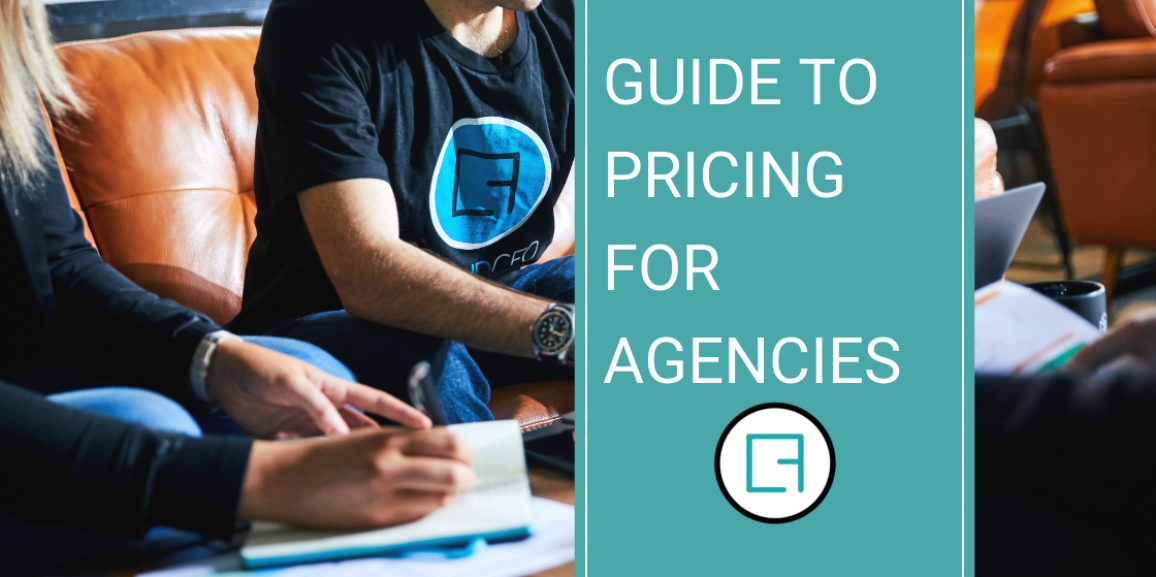
As an agency owner, you’ve at some point wondered if you’re charging enough. The more pertinent question might be, are you charging them in the right way?
Most agencies charge clients in one of two ways:
- Charging an hourly rate for the work and totalling up the cost at end of the project.
- Quoting a fixed fee up-front based on an estimation of the number of hours involved.
Both models are, a little flawed.
Charging fixed fees
Quoting up-front based on a time estimate encourages bad habits and bad work. It sees you racing against the clock to maximise project profit – which can hurt the quality of your work.
There’s also the danger of scope creep. Simply put, this occurs when the scope; deliverables; or features on a project expand from what was initially set—without being accounted for in additional time or budget.
It’s a widespread issue, as it can happen both intentionally and unintentionally, stemming from any number of people involved in a project. Unfortunately, scope creep can lead to project failure: maybe you don’t hit the deadline, you burn through the entire budget (and more), and all without delivering the right thing for your client.
This way of pricing can be detrimental to your relationship with your client and your profitability.
Charging by the hour
Charge by the hour, and you’re faced with a different set of problems. Firstly, there’s a real responsibility for accurate record-keeping. Common problems this leads to in your pricing is:
- It’s inaccurate. Even if the person keeping the records is honest, their memory is terrible. What did you have for breakfast last week? Exactly when did you finish eating it? See what I mean?
- It’s wrong. The value of work isn’t measured in six-minute increments. A good idea, an inspiring conversation, a moment of insight, the relevant experience could be worth much more. How do you reflect this in time to equate to a dollar value?
- It doesn’t incentivise. If you’re being paid by the hour, you have little incentive to become more efficient.
This way of pricing can under-price the value you deliver. It also has a large impact on your cash flow. Charging by the hour means you’re most likely going to be invoicing after the work is completed – when you have already paid your costs involved in completing the project. Depending on how fast you invoice, your payment terms and how quickly your client pays – you could be waiting weeks to months to get paid.
Value-based pricing
Adopting a value-based pricing model, you can still give your clients a fixed-fee quote up front. But the fee won’t be based on a time estimate – it’ll be based on how much value your work will bring to your client’s business.
This gives you great flexibility with your price points and enables you to charge every client and project based on its individual merits. Giving you the freedom to create your very best work without the clock-watching.
Perhaps most importantly though, it unlocks the potential for bigger paydays. If your client is a retailer selling high-value goods. If you can produce a creative campaign that increases their sales, the value of your work to your client is enormous.
Pricing on value makes it easier to have a conversation about payment terms and the client paying a percentage of the fee upfront. The most successful agencies are asking for a 50% deposit on the project up front. We also recommend talking about potential scope creep and agreeing how many amends are accounted for in the project already and when anything extra is charged for.
Putting a price on value
There’s an obvious question here. In advance of doing the work and presenting the results, how do you know just how valuable your work will be? Here are some tips to get you started:
- Before pricing a project, look at your costs. If you’re not sure how much your costs have increased by in the past 12 months, do some analysis on your accounts – the results may surprise you. Doing this will help you keep this at the forefront of your mind.
- Make sure you get to know your client’s business goals. Their marketplace. The objective of the project and what they hope to achieve with your creative.
- When you’re putting together proposals, make sure you showcase your relevant case studies, detail your methodologies, show the client your value. Make the other agencies you’re pitching against look amateur by going to great lengths to demonstrate the value you’re going to add to the client.
- The price you start with is the highest your fee will ever be. It assumes there’s no negotiation from the client. As well as making sure you’ve got room to manoeuvre. Something that will help with negotiations is creating different price points for your offering (that are profitable for you at each level). For example, clearly outlining what the client would get for $10k, $20k, $30k gives them options, and ensure whatever option they choose will be profitable for you.
To discuss the pricing models discussed here or for more advice on pricing feel free to give us a call to see how our expertise in the creative sector can help you and your business.





